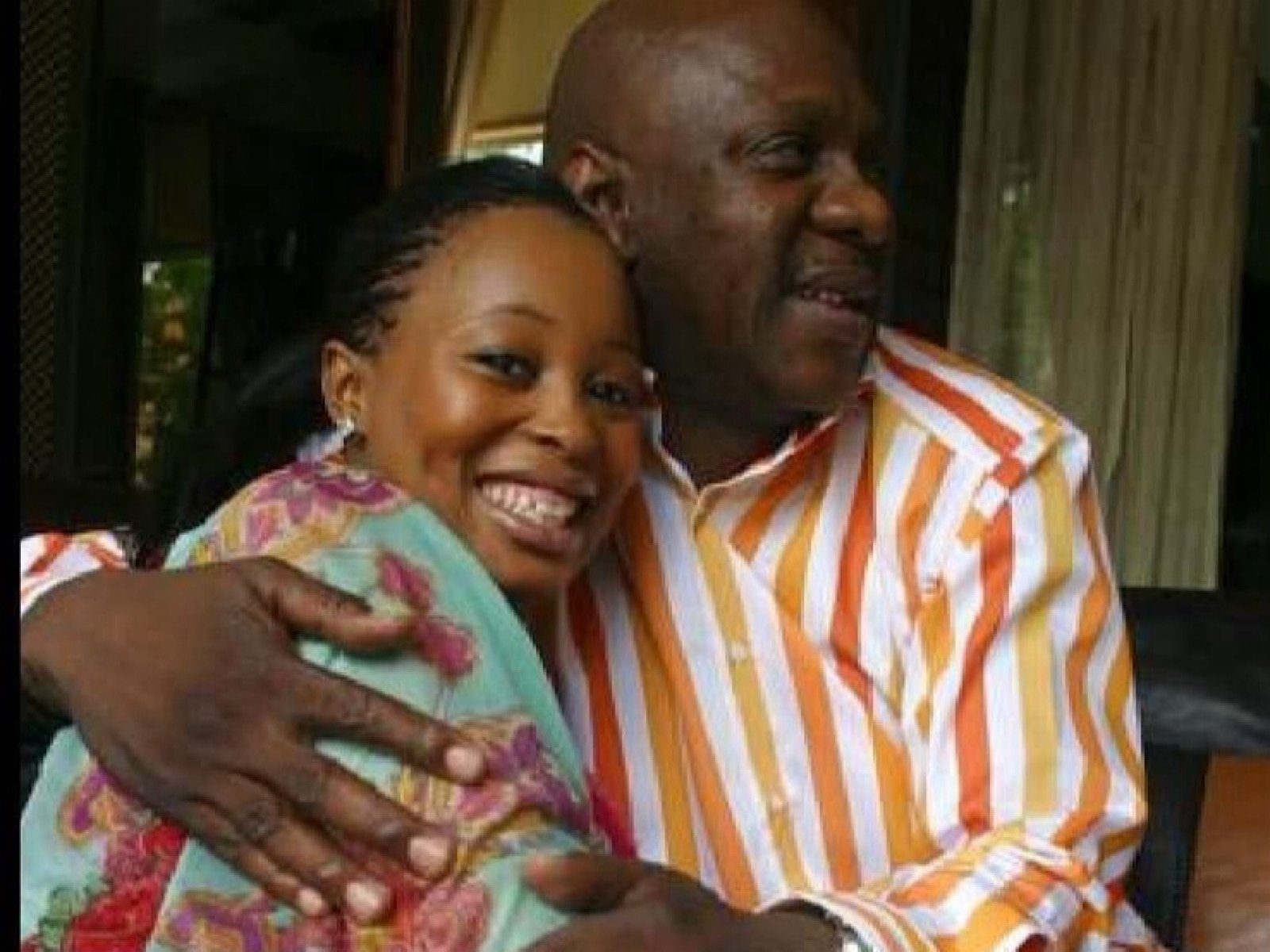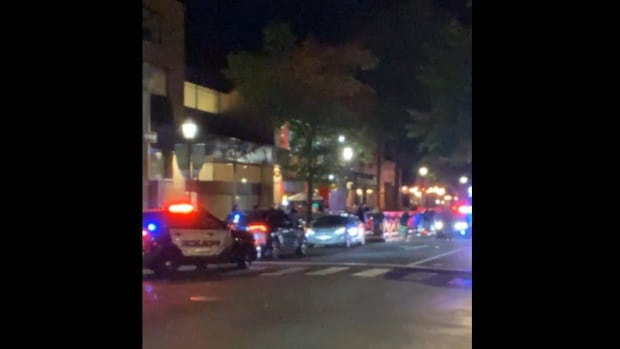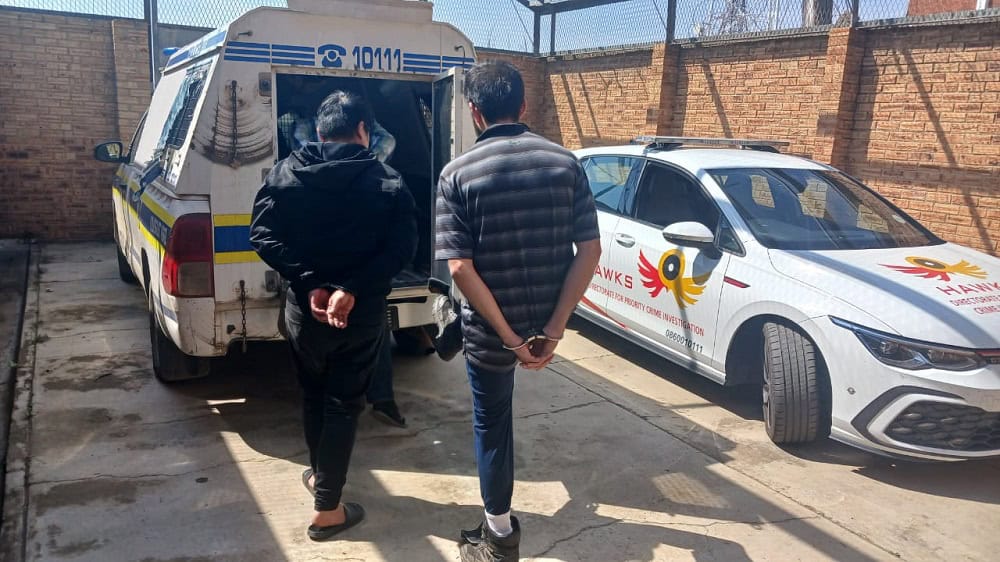Satanic Panic: 5 'Occult' Crimes That Gripped South Africa
South Africa has faced a pervasive fear of the occult, influencing public perception and occasionally masking deeper societal issues. From alleged demon-possessed killers to charismatic cult leaders, the belief in occult crime has manifested in tabloids, social media, and mainstream news. This article explores five specific cases that highlight how South Africa has grappled with this phenomenon.
The Social Function of Occult Beliefs
According to media studies scholar Nicky Falkof, author of "The Devil Made Me Do It," anxieties surrounding the occult aren't limited to one group. These beliefs provide convenient explanations for misfortune and catastrophe, offering a sense of agency in chaotic situations. Communities often unite to address problems through prayer. However, these beliefs fail to address the root causes of violent crime and can make society more vulnerable to exploitation.
Falkof argues that uncritical acceptance of the occult can mask anxieties about race, power, and precarity. Below are five cases that exemplify these issues.
1. Rex v Mbombela (1933)
The case of Dhumi Mbombela in 1933 stands as a landmark in South African legal history. During the British colonial era, Mbombela was sentenced to death for killing a child he mistook for a tokoloshe, a supernatural trickster prevalent in the Eastern Cape. The court, reflecting a white Christian worldview, deemed his belief "unreasonable," effectively dismissing African cultural beliefs.
2. The Missing Murdered Babies (1991)
In the early 1990s, a moral panic surrounding satanism swept through white South African society during the final years of apartheid. Fueled by sensationalist media and evangelical Christian police officers like Leonard Solms, head of the Cape Town Child Protection Unit, claims of satanic ritual abuse spread rapidly. Solms alleged that he knew of 11 babies bred for satanic sacrifice and cannibalism, but failed to produce any evidence, admitting his information came from self-proclaimed satanists.
3. The Prophet of Doom (2016)
Prophet Lethebo Rabalago of the Mount Zion General Assembly Church gained notoriety in 2016 for spraying Doom insect killer into the faces of his congregants. Claiming divine anointment, Rabalago asserted that Doom transformed into a healing tonic capable of curing various ailments. Despite condemnation and legal challenges, Rabalago maintained his practices, with followers continuing to believe in his supernatural abilities, highlighting the power of belief and its potential for abuse.
4. The Krugersdorp Killings (2016-2021)
The Krugersdorp killings, orchestrated by Cecilia Steyn, resulted in 11 deaths between 2016 and 2021. Steyn, who claimed to be a high-level witch and recovering satanist, manipulated her followers, including Zak Valentine and Marinda Steyn, to commit brutal murders. Her claims successfully diverted suspicion towards satanism, allowing the killings to continue for years and highlighting how fears surrounding the occult can impede justice.
5. Bontle Mashiyane (2022)
In 2022, six-year-old Bontle Mashiyane disappeared from her home in Mpumalanga. Her body was discovered three weeks later, revealing she had been raped and mutilated. While some recognized her death as part of South Africa’s gender-based violence crisis, many attributed it to a "muti murder," where a sangoma uses human body parts for magic. The case highlights the dangerous intersection of traditional beliefs, crime, and societal anxieties.
Each of these cases showcases the tragic consequences of fears surrounding the occult. They highlight how deep-seated beliefs can mask underlying issues of crime, violence, and insecurity in South Africa, often offering simplistic explanations that obscure the need for real solutions and accountability.
Nicky Falkof, Professor, University of the Witwatersrand. This article is republished from The Conversation under a Creative Commons license. Read the original article.
 Visit the website
Visit the website






